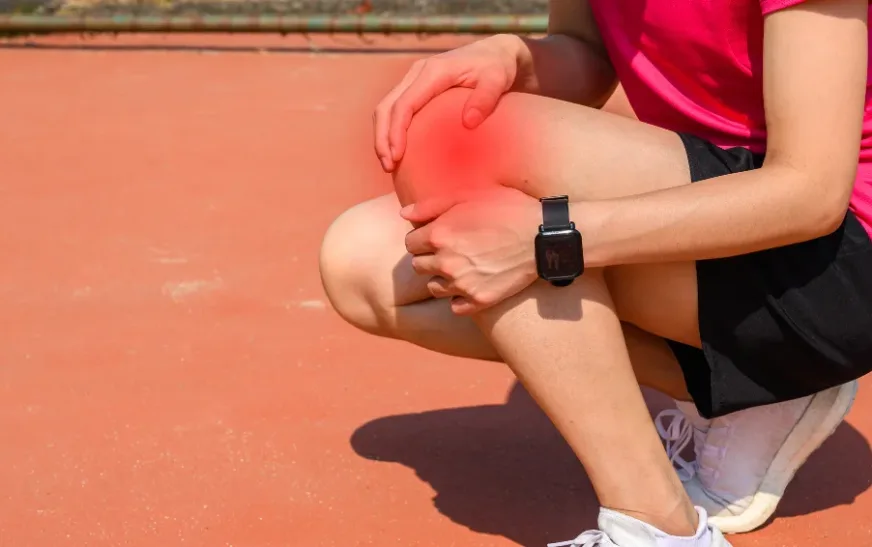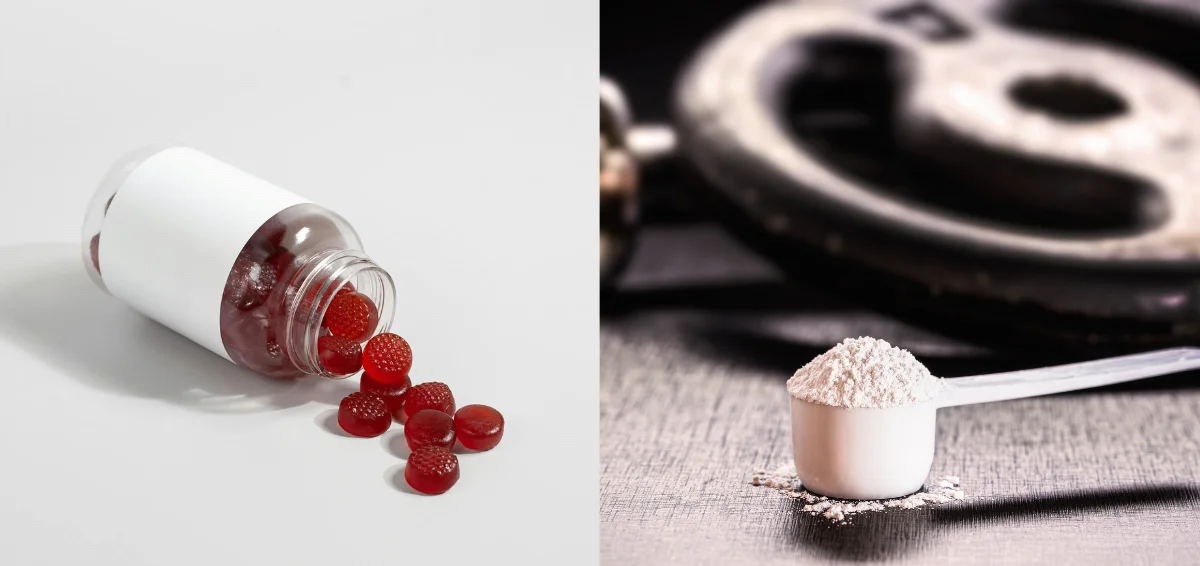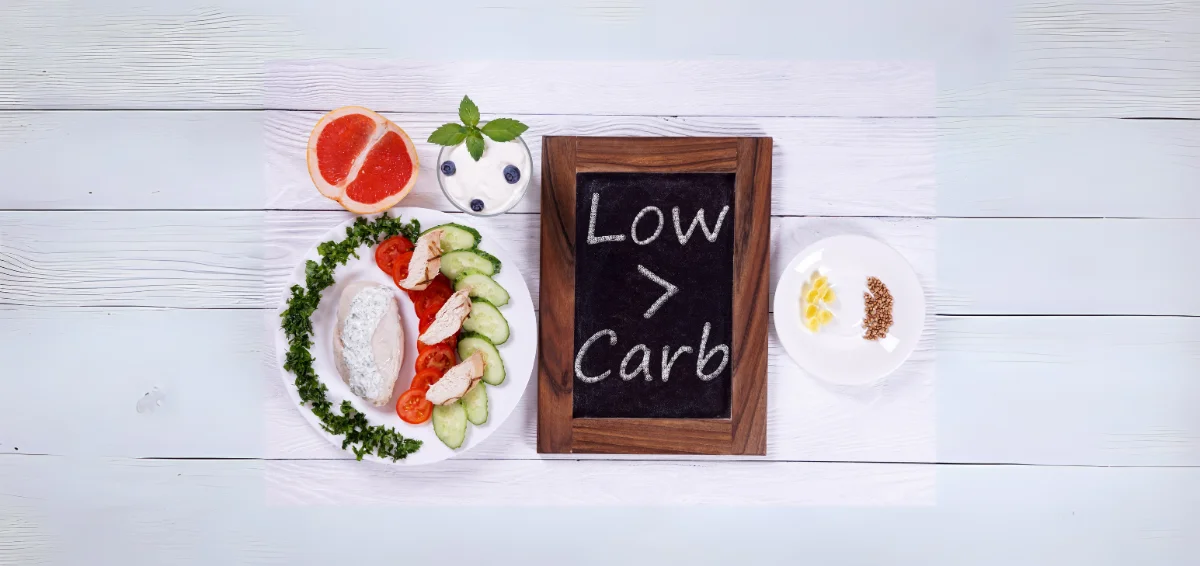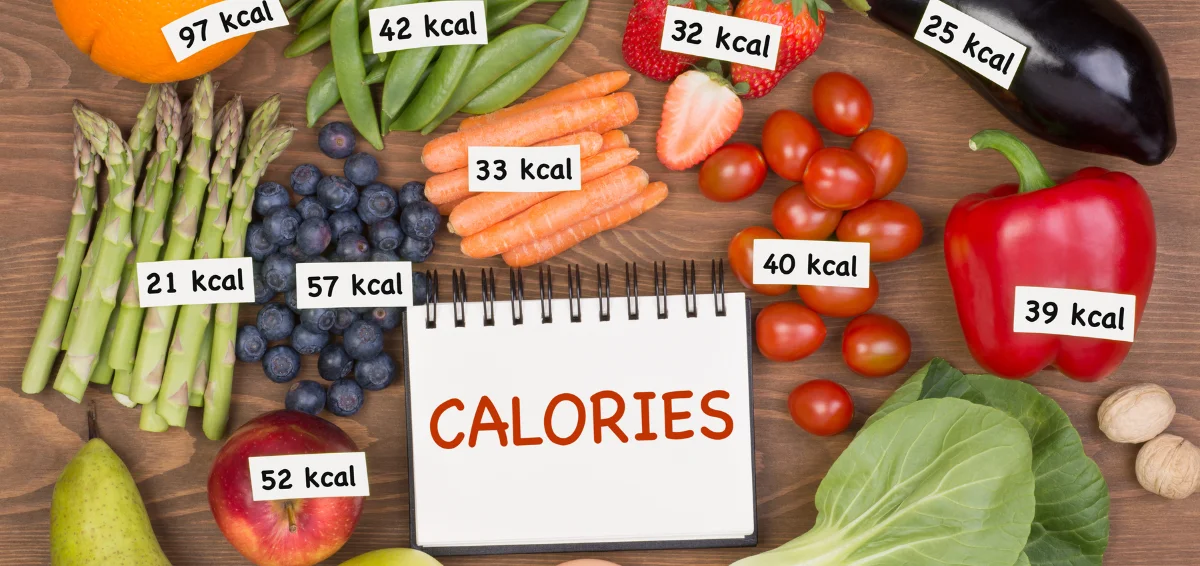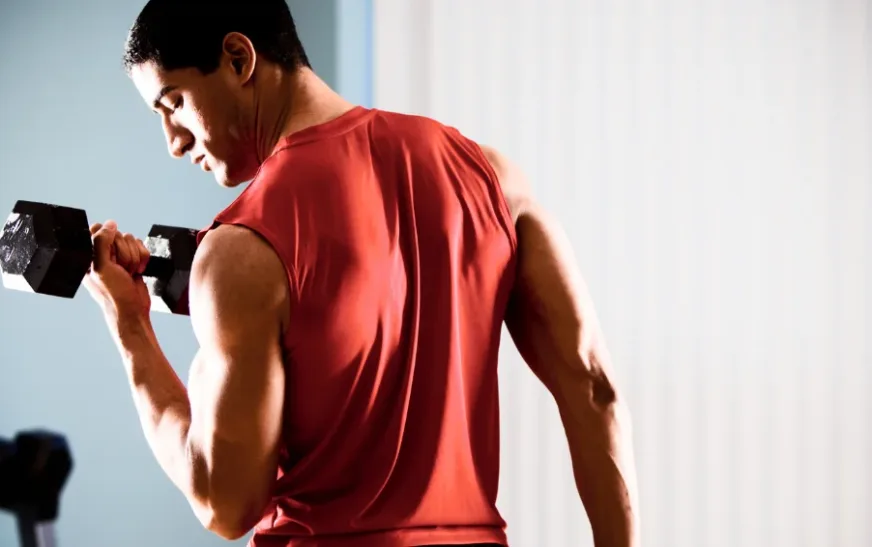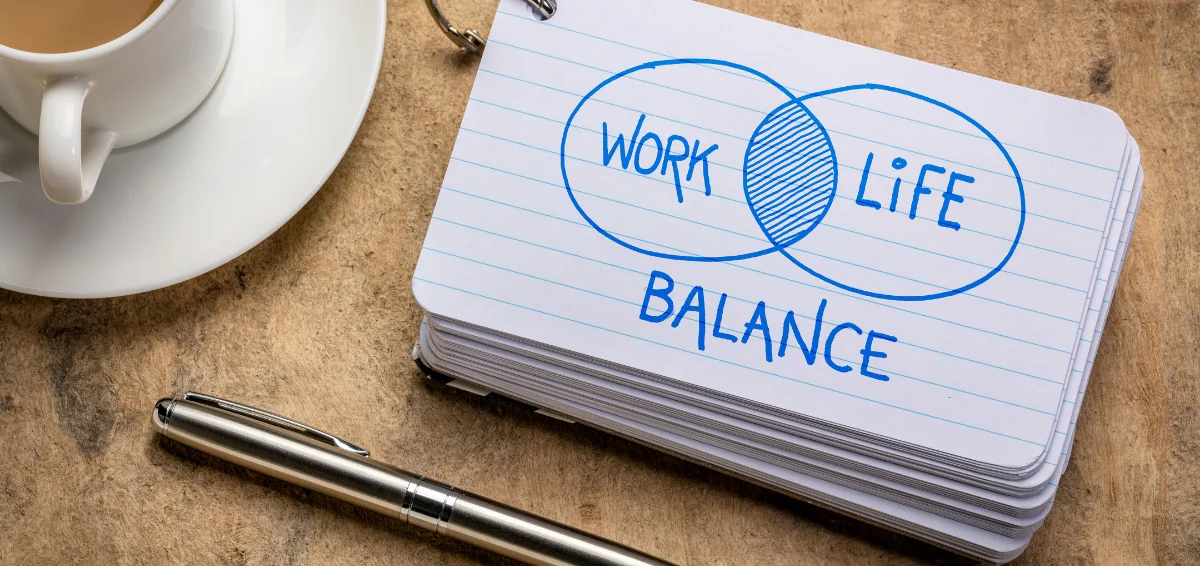
The iliotibial (IT) band is a tough band of connective tissue that stretches down the outer side of your thigh. The IT band starts at the hip, continues down the leg to the shin, and helps stabilize your knee and hip when you’re in motion. Tightness in this band can cause discomfort or pain, usually around the knee or outer hip. This is commonly referred to as IT Band Syndrome.
Stretching is one of the best ways to relieve this tightness. Additionally, stretching can improve flexibility, ease pain, and lower the risk of injury. In this article, we will take you through 10 Stretching Exercises for Iliotibial Band, simple and effective stretches that can relieve tightness in the IT band.
10 Best Stretching Exercises for Iliotibial Band
1. Standing IT Band Stretch (Cross-Leg Stretch)

How to do it:
- Stand with your feet together in a tall position.
- Cross your left leg behind your right leg.
- Lean to the right side until you feel a stretch through the left outer hip and thigh.
- Hold for 30 seconds and switch sides.
Why it helps:
This stretch targets the IT band, along with other hip muscles. This is a great stretch any time before and/or after activities like walking/jogging.
2. Seated Spinal Twist

How to do it:
- Place your legs outwards in towards you while sitting on the ground.
- Put your foot on the ground and put your right leg across your left thigh.
- Twist your body to the right, your right hand back behind you, and the left elbow on the outside of your right knee.
- Hold for 30 seconds. Repeat on the left side.
Why it helps:
This will open up the hips and give your spine a good twist to release tightness in the IT band.
3. Foam Roller Stretch
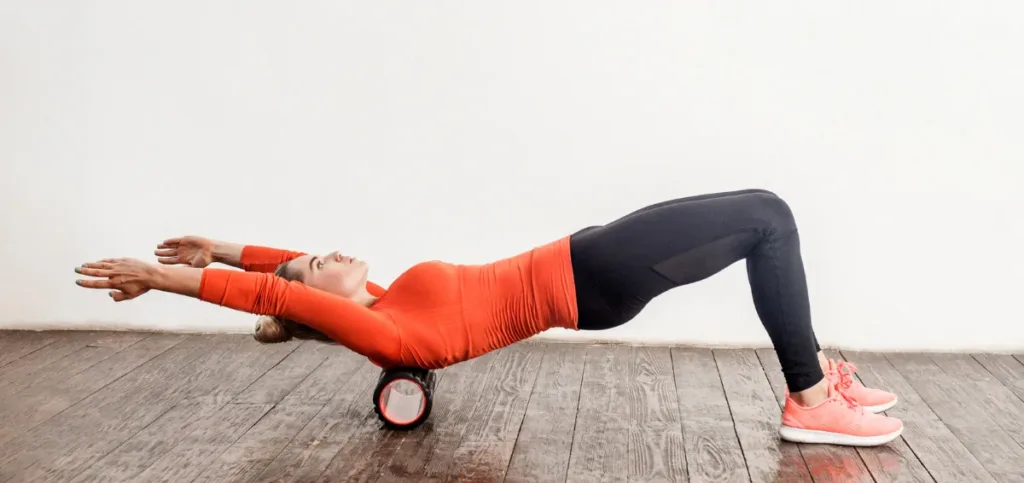
How to do it:
- Lie on your side with a foam roller under your outer thigh.
- You can use your arms and the opposite leg as support.
- Slowly roll your outer thigh over the foam roller from hip to knee.
- Spend 1-2 minutes on each leg.
Why it helps:
Foam rolling is one of the best ways to break up tight tissue and improve blood flow. While foam rolling can feel uncomfortable at times, it remains one of the most effective ways to release the IT band.
4. Side Lying IT Band Stretch
How to do it:
- Lie on your right side.
- Slight bend in your knee for balance.
- Keep your left leg extended and gently pull your foot towards the ground, bringing it back behind your back.
- You should feel the stretch in the front and outside of your thigh. Hold for 30 seconds.
Why it helps:
It targets both the IT band and quadriceps, thus getting a solid stretch for your outer thigh muscles.
5. Standing Forward Bend with Crossed Legs

How to do it:
- Stand and cross your right leg over your left.
- Keep both legs straight and fold forward from your hips.
- Allow your arms to drop to the ground or make contact with the ground with your hands.
- Wait 30 seconds. Put the other leg on top and repeat.
Why it helps:
This stretch targets the hamstrings and outer thighs, both of which help relieve tension along the IT band.
6. Hip Flexor and IT Band Stretch (Lunge Twist)
How to do it:
- Put your right foot upward and make a lunge.
- Bring down your left knee to the ground.
- Lift your left arm straight up over your head and lean gently to the right.
- Hold for 30 seconds. Switch sides.
Why it helps:
This lunge position targets your hip flexors and IT band, which can both become tight with extended periods of sitting or running.
Related: Best Hip Flexor Exercises
7. Supine IT Band Stretch with Strap
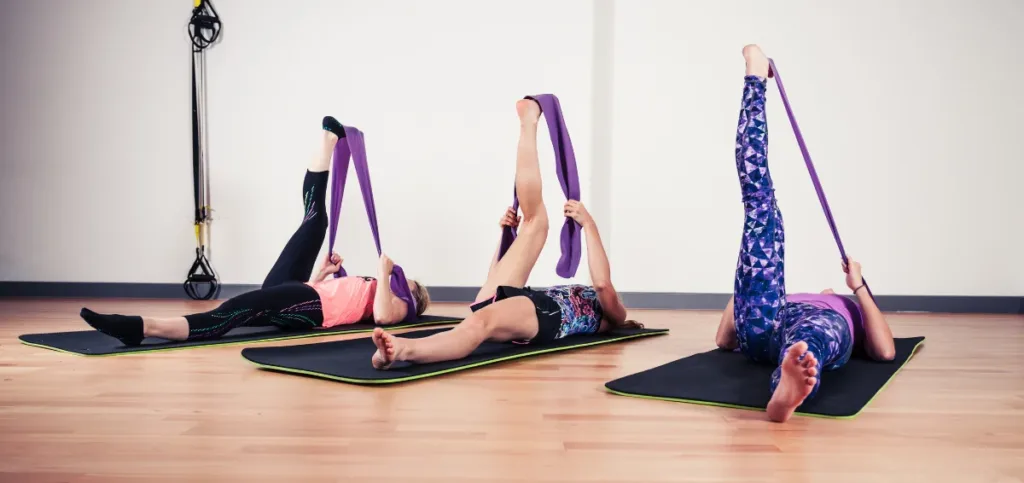
How to do it:
- Lay on your back with both legs extended.
- Use a yoga strap or towel to loop around your right foot.
- Lift your right leg and cross it over your body to the left side.
- Keep both shoulders on the ground.
- Hold for 30 seconds, and switch legs.
Why it helps:
This stretches the IT band deeply while also engaging the glutes and lower back.
8. Pigeon Pose (Modified)
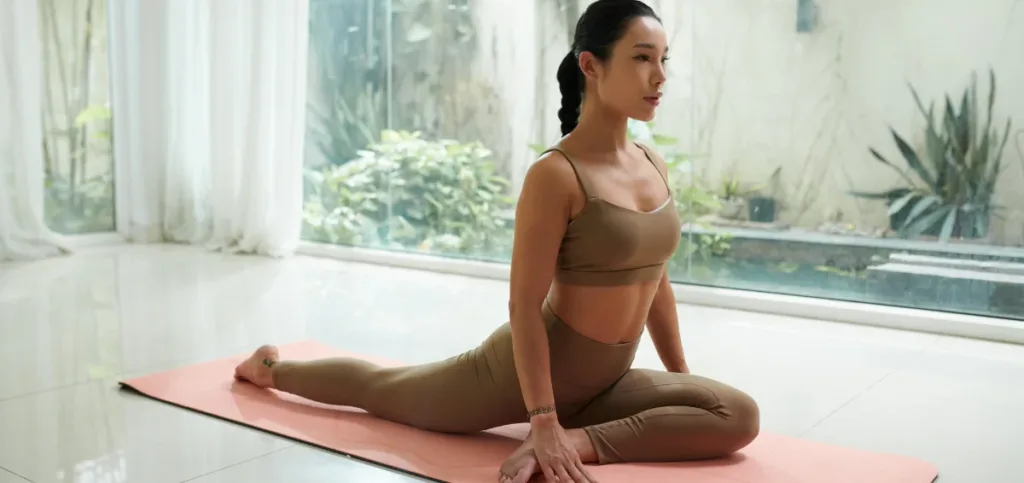
How to do it:
- Begin in a tabletop position.
- Bring your right knee forward and place it by your right wrist.
- Extend your left leg straight back.
- Keep your hips square and lower your chest forward if you can.
- Hold for 30 seconds and repeat on the other side.
Why it helps:
Pigeon pose stretches the glutes and outer hip muscles, which are closely linked with the IT band.
9. Wall IT Band Stretch
How to do it:
- Stand next to the wall.
- For balance, position your right hand against the wall.
- Cross your left leg behind your right leg.
- Lean your hips toward the wall until you feel a stretch on your outer right thigh.
- Hold for 30 seconds and switch sides.
Why it helps:
This gentle stretch is able to be done virtually anywhere, and it can really improve mobility in the hip and thigh region.
10. Clamshell Exercise (Strengthening for Relief)
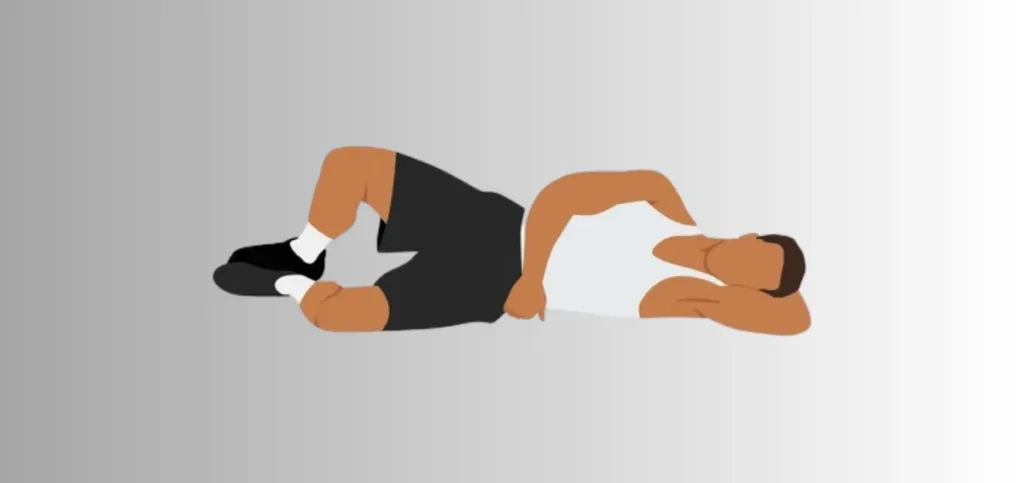
How to do it:
- With your feet collectively and your knees folded, lie on the other side.
- While keeping your feet together, lift your top knee like a clamshell.
- Do 10-15 reps on each side.
Why it helps:
Though it’s not a stretch, strengthening exercises like clamshells support the IT band and prevent tightness, long-term.
Tips for Safe and Effective Stretching
- Warm up first – Light walking or cycling generally helps to loosen the muscles before stretching.
- Do not bounce – Move slowly and hold the stretch without bouncing.
- Breathe deeply – It helps to relax your body and improve stretch quality.
- Be consistent – Stretching consistently is far more effective than stretching occasionally.
- If it hurts, stop – Stretching may feel uncomfortable, but never painful.
Read Also: Exercises for Lower Back Pain Relief
Final Thoughts
You don’t have to “live with” lower back pain. You can take action—right in your living room.
These 10 exercises are simple and effective, requiring no fancy equipment. All they need is for you to show up (even if it’s only for a few minutes a day). Sound easy? It is, and that’s where great relief starts.
Your back supports you every single day of your life. Time to pay it back! Make these exercises a part of your daily routine, stay active, and listen to your body. The more intent you can give to your mobility, the more freedom you will feel. Whether you want to decrease stiffness, prevent flares, or move with more comfort while sitting and walking, this is a great starting point.

